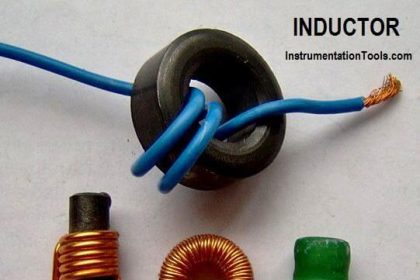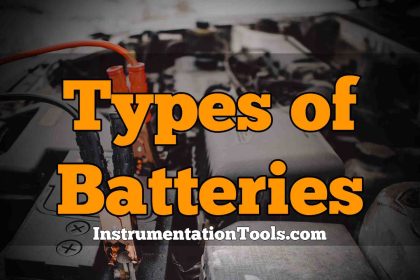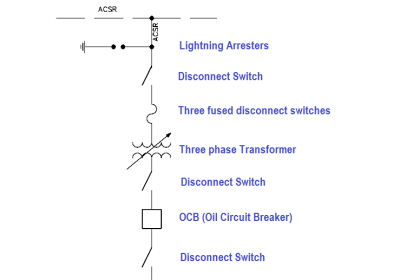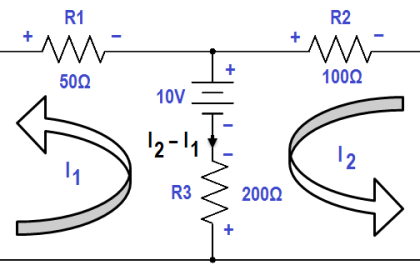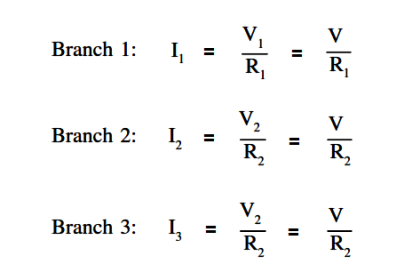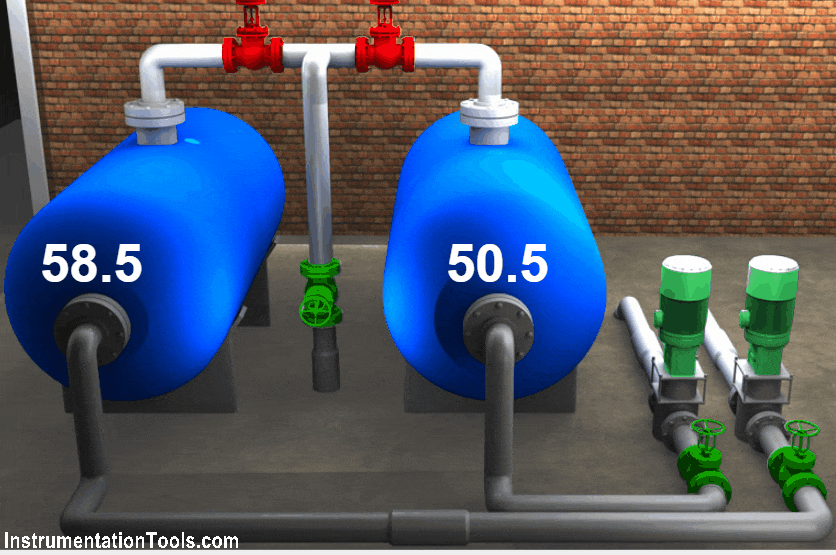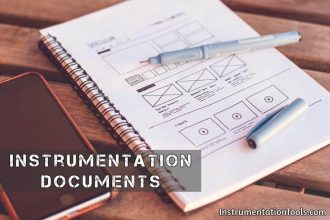To understand electrical wiring schemes used in power distribution systems, you must be familiar with the following terms.
Ampacity – the current in amperes that a conductor can carry continuously under the conditions of use without exceeding its temperature rating.
Bond – the permanent joining of metallic parts or circuits assuring electrical continuity and capacity to safely conduct any current likely to be imposed.
Conductor – any wire, cable, or substance capable of carrying an electrical current.
Ground – a conducting connection, whether intentional or accidental, between a circuit or piece of equipment and the earth, or some body serving as earth; a place of zero electrical potential.
Ground voltage – the voltage between any given conductor and any point at ground potential.
Leg – a current-carrying conductor intended to deliver power to or from a load normally at an electrical potential other than ground.
Neutral – a current-carrying conductor normally tied to ground so that the electrical potential is zero.
Phase voltage – the greatest root mean square (effective) difference of potential between any two legs of the circuit.
